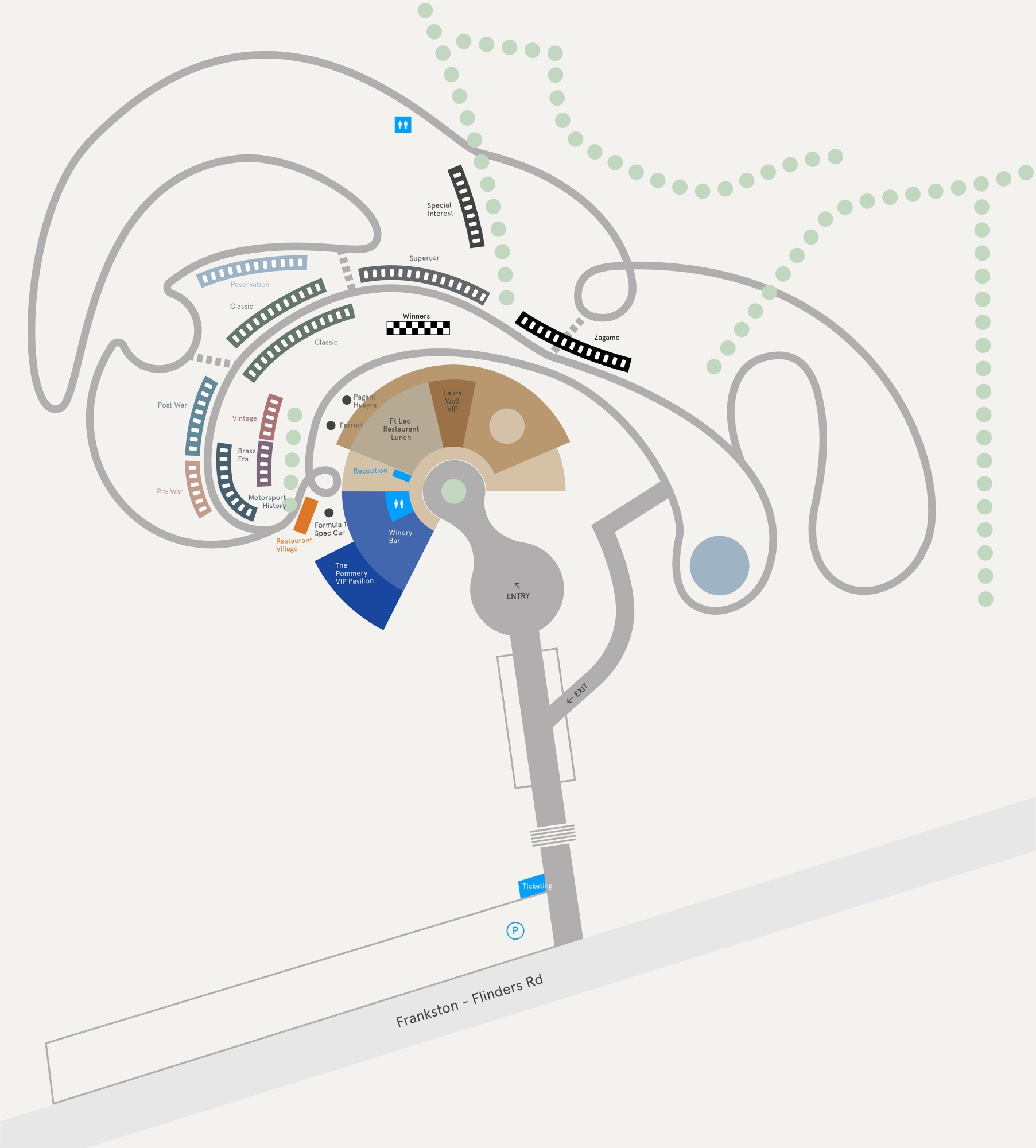The Motorists’ Point Leo Estate Concours is an event that will allow attendees to wander amongst a curated selection of cars, that will tell the story of the highlights of 130 years of the Motorist, and what has moved them.
An open-air, temporary and completely curated assembly of significant cars, from the transport of the aristocracy of the pre-war world in the early twentieth century, right through to the Supercars that have captivated us since the coining of the term in the late sixties. The nobility of the car men, and their mass-production jewels haven’t been forgotten with examples of some of the world’s most significant mass-produced cars in their early forms.
Art, science and sport have never combined so harmoniously, to define a genre in history. The industrial and sporting strength of nations, embodied by companies defunct, and still healthily prospering in 2022.
Judging Classes
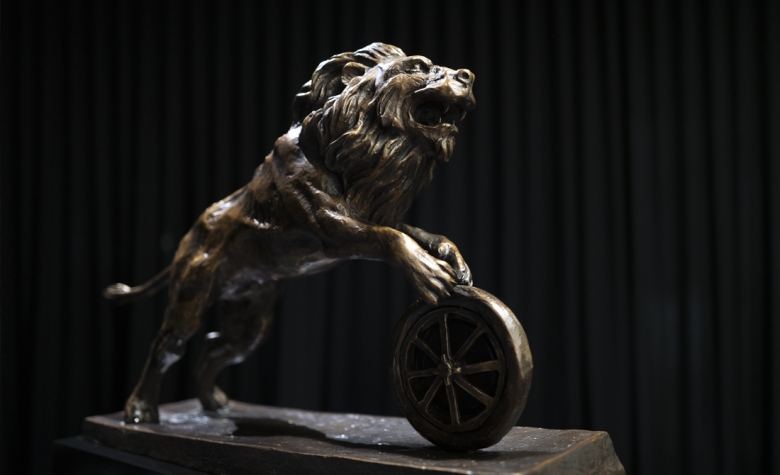
Best In Show
The Motorists’ Concours Best in Show Award will be bestowed upon the car which most sums up the ethic of the Concours d’Elegance. That is, the automobile that takes the prize for elegance, a car which has been either preserved in correctness, or restored so sympathetically and correctly that it stands as a remarkable representation of its type, and as an icon of its genre.
An enviable title to bestow upon a car of enviable provenance, correctness and condition.
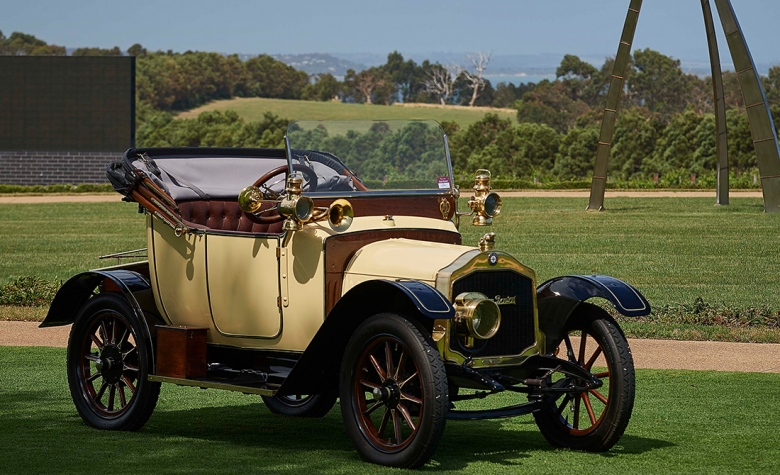
The Brass Era
The Brass Era was named for the prominent use of brass fittings on the cars built in the period from 1896 through to 1915. During this period, the car was still referred to as a “horseless carriage” in some places, and many of the standards that become commonplace before World War 1, were not yet established. There was great innovation, and few benchmarks and the cars of this period are often typified by rather interesting technical features.
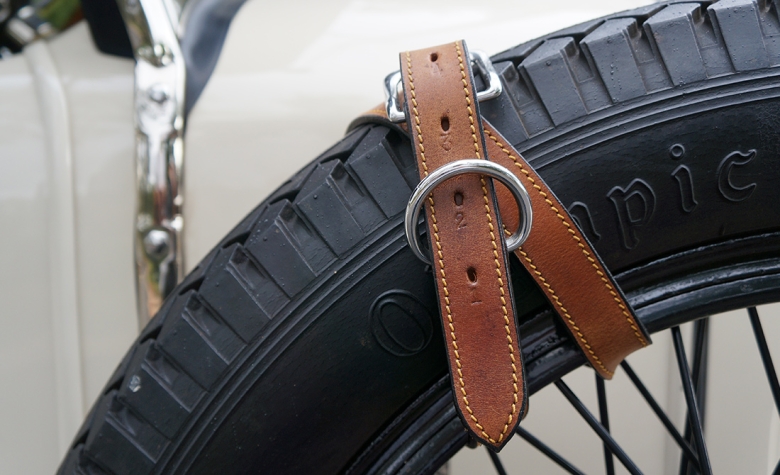
Vintage
Whilst it is a broad, and sometimes misused term, in context to classification of cars in sense of car enthusiasts and collectors, the Vintage era spanned the years 1919 to around 1930. Some of the technical progression of World War 1 armament and aeronautic technology had made its way into car development. Greater understanding of the efficiencies of the piston engine had been refined into cars, and the great concept of mass production had begun. Whilst there were some pioneers in the Brass era who’s names are still with us, the Vintage era gave us many of the familiar manufacturers that we know, and value the qualities of today.
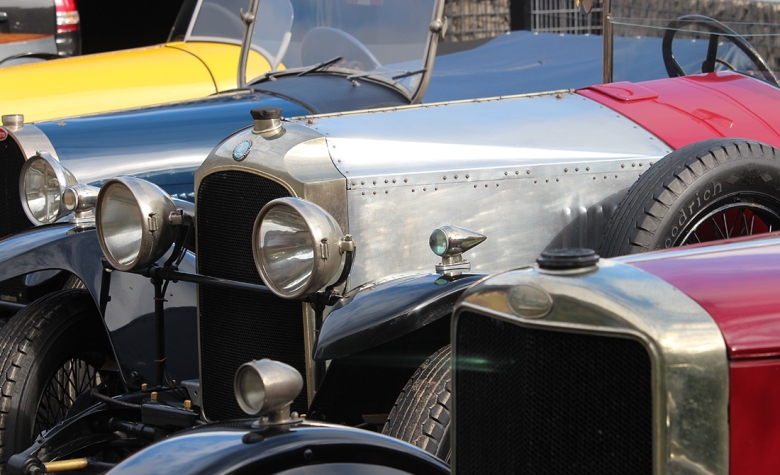
Pre War
A period that should more rightly be known as “inter war” as it is in the architectural vernacular, this category supports cars built from 1930, up to the end of the second world war. Although during war itself, most car production ceased whilst the industrial effort of many countries was turned toward Aircraft and armament manufacture, there were still cars built. Motor-racing had blossomed prior to the outbreak, and immediately after hostilities it resumed, in most cases using technologies that were outdated.
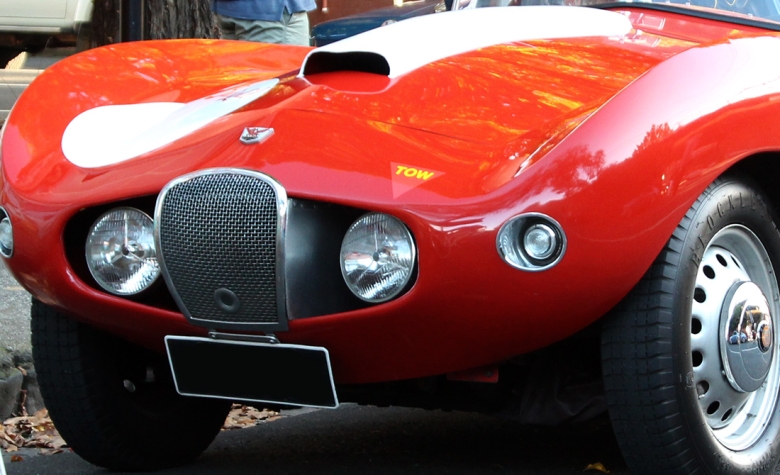
Post War
The post war era commenced from the end of hostilities and stretched till 1960. Although there was a period of austerity, the world blossomed. The post war era encompassed the commencement of the World Driver’s championship, and Formula One as we know it. Again, the technologies developed throughout the hostilities were refined, and made their way into cars. New heights in horsepower outputs were realised in racing and sports cars, and the concept of the chauffer-driven car was nearly at its end. Mass production was championed in several continents, by several significant companies and the genius of engineers was embodied in many brilliant cars like the Mini, the Fiat 500, the productionised version of the Volkswagen and in Fiat’s brilliant 500.
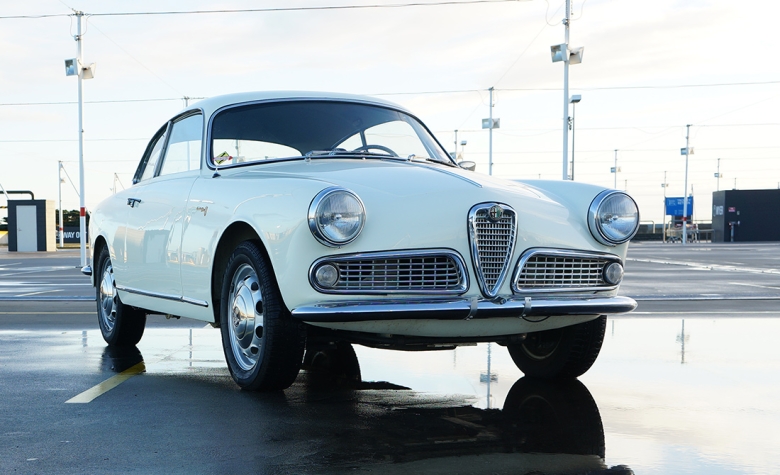
The Classic Era
From 1960 onward, cars became lighter, and used lower horsepower to greater effect. Developments of engines designed in the fifties made several cars and their off-shoots immensely popular, and the concept of taking racing technology and using it to make production cars better was really born in this era. Some new names emerged that would become famous, and revered and some say, the sports car was born properly in the classic era.
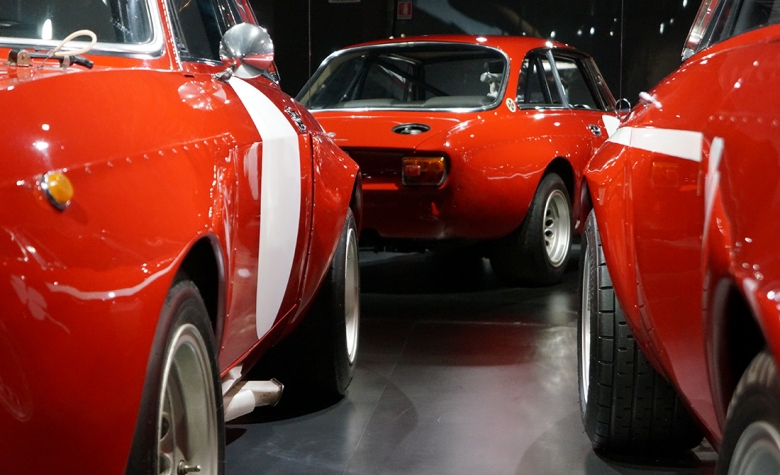
Motorsport History
One of the great spectator sports, with events that rate amongst the most viewed in the world. Events such as the Le Mans 24 hour, The Indianapolis 500 and several of the rounds of the Formula One World Championship have drawn some of the most immense crowds in sporting history.
A pursuit of great danger for many years, and a proving ground for some of the wildest ideas of engineers all over the globe, the Motorsport history category will showcase some examples of cars that have featured in these famous events, at famous places.
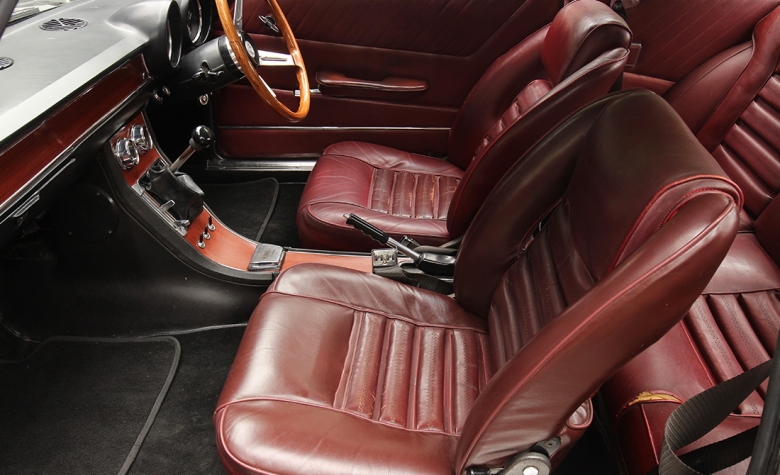
The Preservation Classic
A class for a broad list of cars, that have not been restored, but have absolutely been used. Patina is the order of the day in this class, and the perpetuity of use – with care, defines the cars that are a part of it. When taking in the detail of a preservation-class car, one can see the ravages of time and milage, slowed with care and repair. These are cars for their ultimate purpose – for being driven.
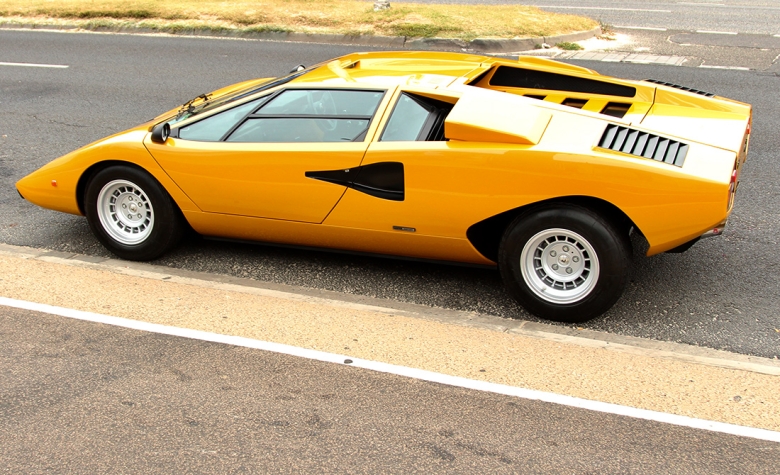
The Supercar class
The Supercar has excited us, given schoolboys a reason to have a poster on their wall of something to strive for. From the inception of the term, they’ve been defined by the figures that measure their performance, often the number of cylinders, as well as their defining price and scarcity. Exclusivity did define them, but today we see them on every high street. See the examples that defined the genre, and evolved the brands that built them.
Event Map
Set within the grounds of Pt. Leo Estate, it will be the Concours event for 2022.
